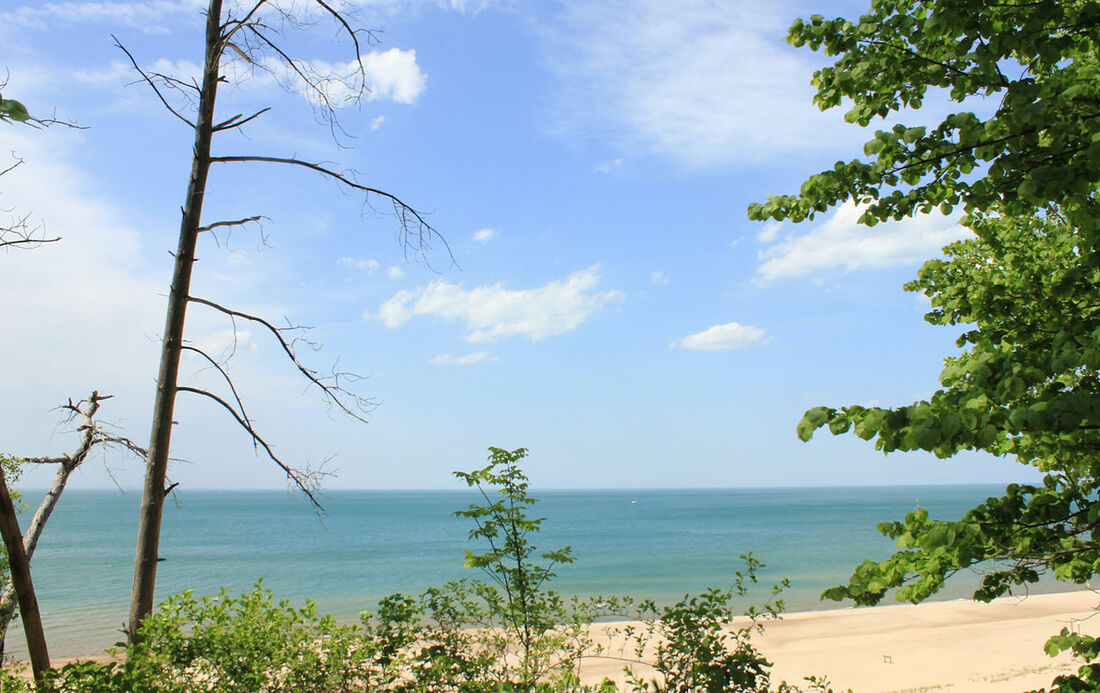|
Poppies shooting up in my garden are almost—not quite—in time for Memorial Day. Since its origins in the American Civil War, this holiday to honor those who died in military service has combined flowers with the sung, spoken, or written word.
John Brown’s body. At the war’s end in April 1865, former slaves in South Carolina exhumed Union soldiers from a prison camp mass grave for reburial. Then in May, ten thousand former slaves paraded at the camp, including members of black Union regiments. Children holding bouquets sang the abolitionist battle hymn, “John Brown’s Body.” General John Logan’s proclamation. Decorating soldiers’ graves with flowers was common during and after the Civil War. In 1868, Logan called on Union veterans everywhere to strew blossoms on their fallen comrades’ graves on May 30. By 1890, Decoration Day was an official holiday in every Northern state, with similar observances on other dates across the South. War after war. “In Flanders fields the poppies blow // Between the crosses, row on row.” After World War I, Decoration Day was extended to military personnel killed in all wars, observed on May 30 nationwide. During yet another bloody war, in 1967, it became a federal holiday under the name “Memorial Day.”
2 Comments
Noise : Sound : Music :: Weeds : Plants : Garden
Cement mixers growl and trucks beep endlessly as they lay a new driveway next door. If music is organized sound, noise is the sound of chaos. The human brain learns the difference early on. What counts as music varies by culture and once imprinted, rarely changes beyond early adulthood. Sorry, friends, heavy metal is still noise to my ears. A recent public radio segment featured composers who record and organize sound from the environment, both natural and human-made. Like a wildflower garden or a collage or yard sculpture made from other people’s trash, their artistry depends not on good or bad material but the eye or ear they bring to it. Writers say it’s all grist for the mill. How many of life’s irritants might feel less irksome if I searched them for elements to compose into artistry? For a moment, when I shift to a different mindset, the machines and voices next door become more interesting than painful. Perhaps with practice I’ll be able to make this shift for longer at a stretch. To bring a different ear and, if not create music, at least ease the noise. Saturday, like this time every year, I drove from Madison east along Interstate 94 to Milwaukee and its beautiful Wisconsin Club, venue for the Council for Wisconsin Writers annual awards banquet. What joy to bask in a roomful of people passionate about writers and to hear readings by some of the best.
Road trips east on I-94 mark the turning of my seasons. In a couple of months, spring green along the highway replaced by verdant summer, we’ll drive on past Milwaukee to the Wisconsin/Illinois state line to revel in historical fantasy at the Bristol Renaissance Faire. Every fall or early winter, past woodlands brilliant or bare depending on each year’s polio meeting calendar, I-94 takes me on into greater Chicago and the Rotary International headquarters in Evanston. Though a far cry from the escapist fantasy of summer, the current history of global polio eradication holds as much drama and suspense as any fiction. As winter settles in, I hunker down to writing and look forward to the return of robins, trillium, and the next CWW awards banquet. What annual rituals mark the turning of your seasons? Decades ago, professionally adrift, I visited the Chicago area offices of Robert Jackson & Associates to discuss a project for the Indiana Dunes National Lakeshore. IDNL needed someone to research and write about local conditions before agriculture and industry encroached. Narrative and landscape, history and geography: What could suit me better?
The ensuing work introduced me to the magic of the duneland. I learned the dynamics of ecological succession, the difference between bogs and fens, and the satisfaction of reporting to scientists who demanded the facts exactly as we found them. This past February, the former national lakeshore at the southern tip of Lake Michigan was re-designated a national park. With its miles of beaches and trails, houses dating from the French fur-trading era to the 1933 Chicago World’s Fair, and endless diversity of wildflowers, the new IDNP is calling me for a fresh visit to old haunts. |
AuthorI'm a historian who writes novels and literary nonfiction. My home base is Madison, Wisconsin. Archives
July 2024
|


 RSS Feed
RSS Feed